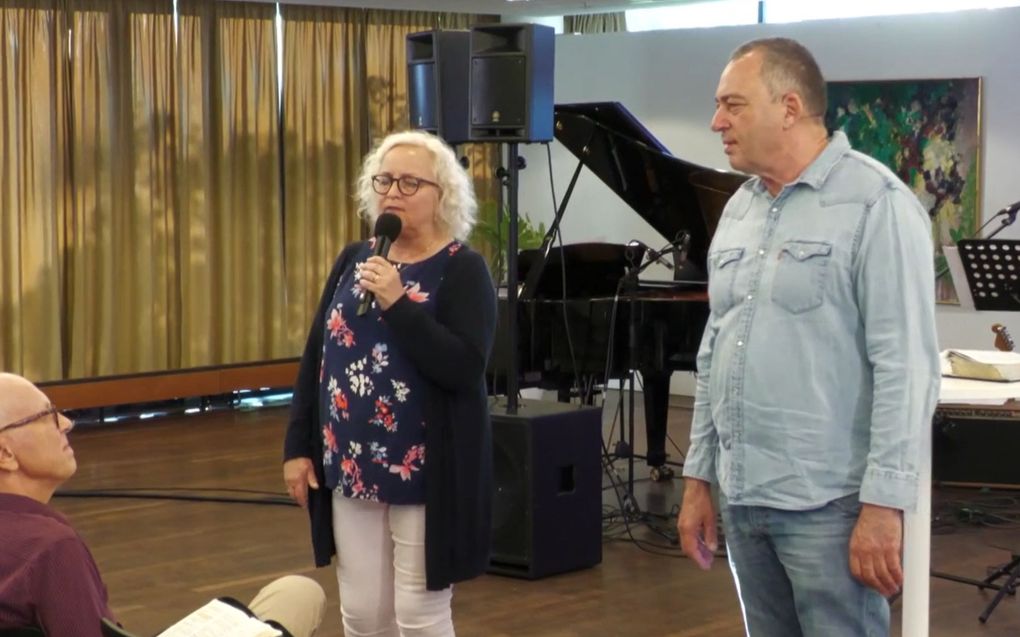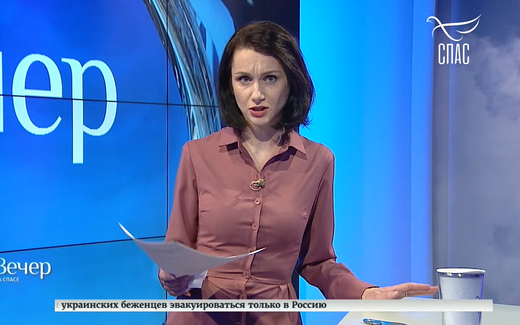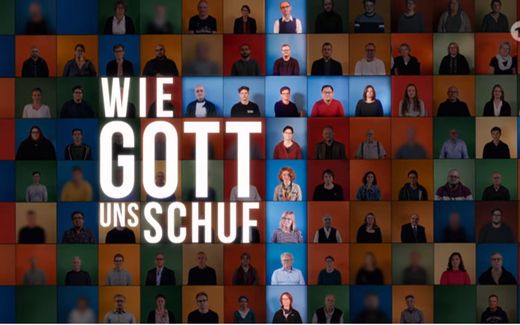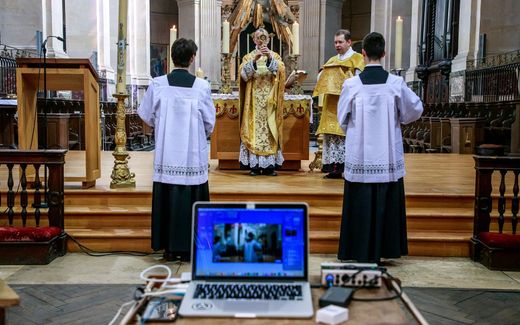YouTube bans prayer channel Norwegian church

Broadcast of Kanal 10. Photo Kanal 10 Norge
Northern Europe
YouTube has banned the Norwegian program Kanal 10 "We pray for you." According to the platform, the channel violates its guidelines and falls under the category of "online spam, deceptive practices and fraud."
"We were told last week Monday that if we continued to broadcast the prayer program, YouTube would block us. That means that they are ending our entire channel on YouTube", Øyvind Rygg, the general manager of Kanal 10, says to Dagen.
Kanal 10's prayer program is broadcast weekly. In the live broadcast, two presenters sit in a studio and pray for issues that viewers can call in. According to Rygg, the program enables listeners to pray for the topics mentioned live. They range from relationship problems to illnesses to financial hardships. There are also no economic interests in the program, Rygg says.
Terrifying
Ryggs experiences the fact that YouTube blocks a program that is in practice no different from "what is done every week in congregations and prayer and Bible groups all over the country" as frightening. "I find it terrifying", he tells Dagen. "We feel that we are discriminated against when we pray for people. They think we are dealing in quackery (medical practices without professional education or authorisation, ed.), but we are not."
YouTube defines fraud on its website as "content where unrealistic promises are made, such as that viewers can make money quickly or that a miracle treatment can cure chronic diseases."
However, according to the general manager of the "We pray for you" channel, the presenters never pretend to heal people. "We believe what the Bible says about healing, but we do not promise anything on behalf of God. We only follow the Bible and classical Christianity. YouTube restricts one of the most natural things in the world for people in need."
Kanal 10 has appealed to YouTube to reverse its decision but has not yet found any inclination to their request. The platform writes in an e-mail that the decision is final. Furthermore, the platform cannot explain which statement exactly forms the ground of the ban, as the video is deleted.
Related Articles






